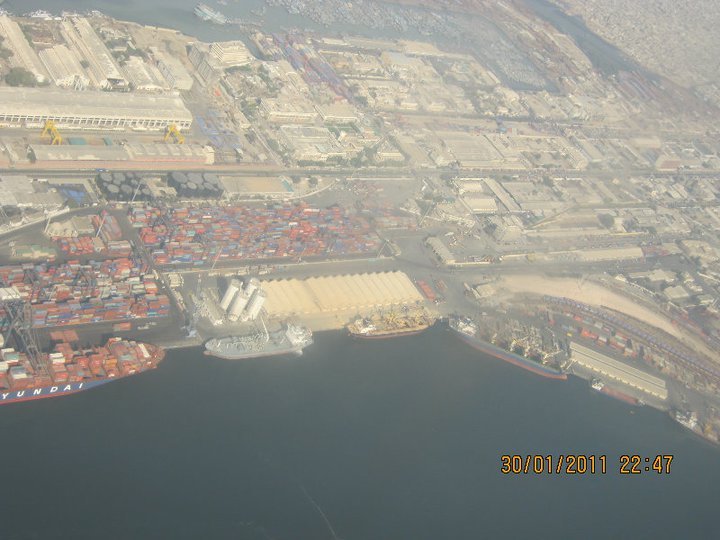Imagine standing at the edge of a thriving metropolis, and suddenly realizing that just beneath your feet lies a secret world lost to time—a world where salty tides once danced with tangled roots and the cries of herons echoed across a watery expanse. Karachi, Pakistan’s pulsating heart on the Arabian Sea, is now an urban giant. But not long ago, it was drowned in a green wilderness—a sprawling mangrove swamp where the land and ocean blurred into one. The story of Karachi’s transformation from wild mangrove wetlands to a sprawling city is as dramatic as any epic, filled with natural upheavals, human ambition, and the relentless march of time. Let’s wade into the mysterious past of Karachi, where the sea once ruled, and discover how this coastal titan rose from the mud.
The Ancient Coastline: Karachi Before the City

Long before Karachi’s skyline soared, its coastline was a shifting, restless place. The land met the sea not with concrete and steel but with muddy flats and labyrinthine channels. These tidal zones stretched for miles, creating a living, breathing border that changed with every moonlit tide. The ancient coast was not a straight line but a mosaic of marshes, creeks, and islands, constantly redrawn by water’s gentle, stubborn touch. For centuries, this was a landscape in motion—a place where the boundary between land and sea was as fluid as the lives it sustained. The people who first settled here learned to read the water’s moods, living in tune with a world that was never truly solid.
The Rise and Fall of Mangrove Forests
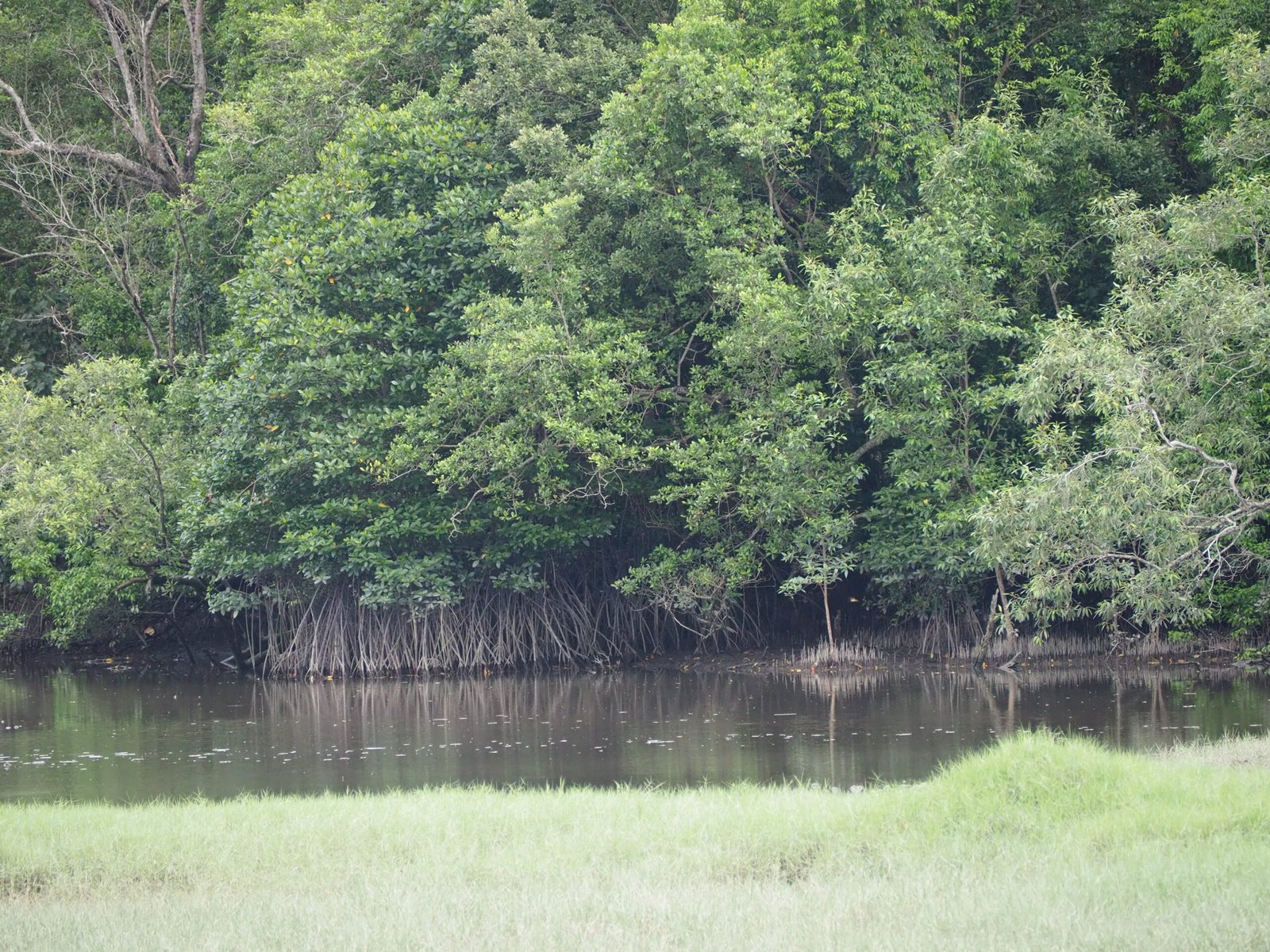
Karachi’s original guardians were its mangrove forests, dense thickets of salt-loving trees that thrived where few others could. Mangroves formed tangled green walls along the creeks and estuaries, their strange, aerial roots poking from the mud like the fingers of giants. These forests played a vital role in holding the coastline together, trapping sediment and softening the sea’s assault. Over time, the mangrove swamps expanded and retreated, shaped by monsoons, river floods, and shifting tides. But as the city grew, these ancient forests began to vanish—sacrificed to roads, factories, and neighborhoods hungry for space. The fall of Karachi’s mangroves is a story of both natural change and human desire, etched into the very bones of the city.
Mangroves: Nature’s Remarkable Engineers
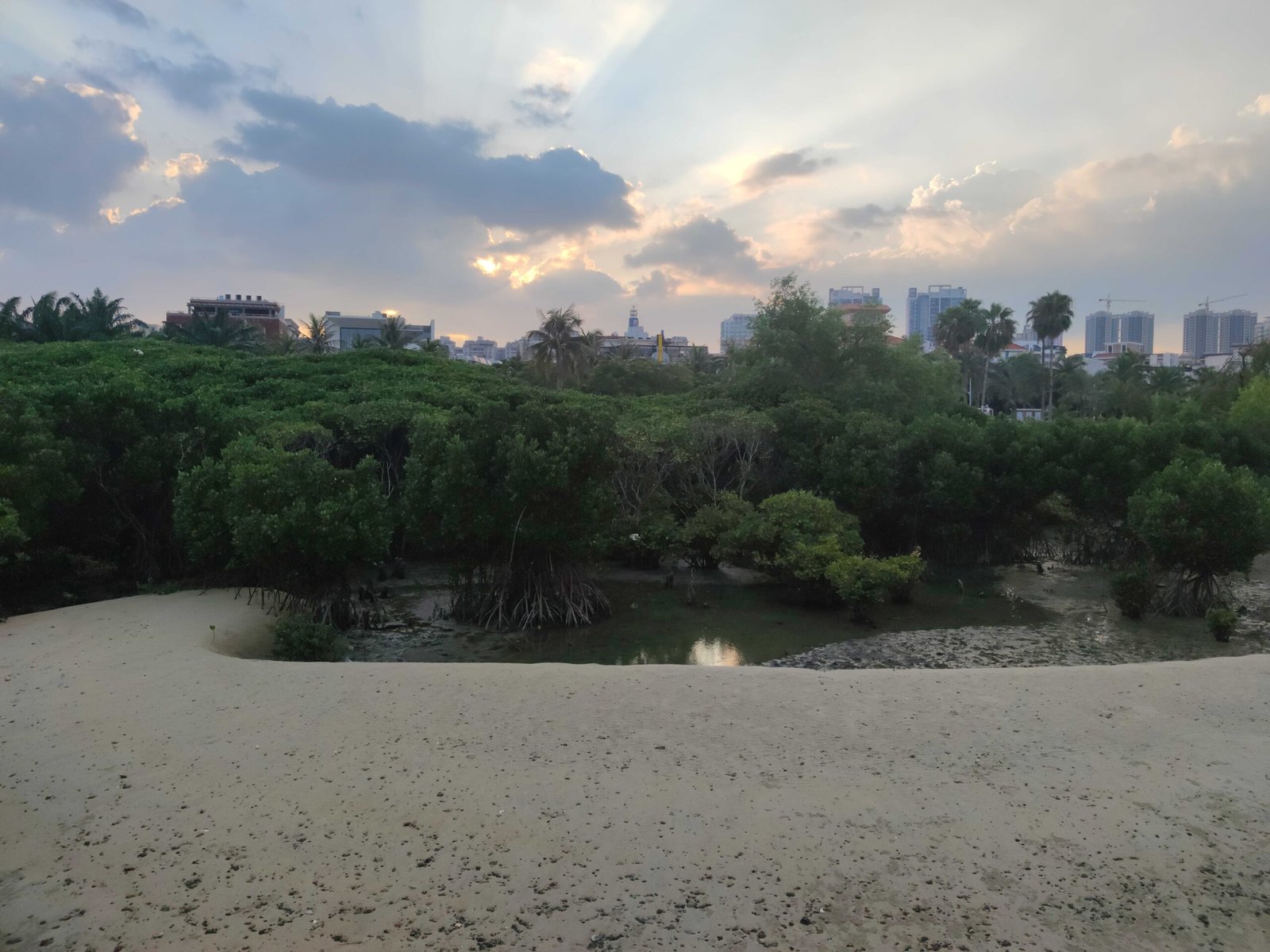
Mangroves are nothing short of miraculous. These trees can thrive in saltwater, filter out toxins, and survive in oxygen-poor mud where most plants would perish. Their roots act like living breakwaters, reducing wave energy and anchoring the fragile shoreline. Mangroves create entire ecosystems above and below the water, providing shelter for countless species—from tiny crabs and shrimp to majestic herons and even dolphins. It’s no exaggeration to call mangroves nature’s engineers; without them, Karachi’s coast would have looked—and functioned—very differently. Their loss is more than a change in scenery; it’s a shift in the city’s very soul.
The Dance of Rivers and Sea: Sediment and Tides

Karachi’s coastal story is a dance between mighty rivers and the restless Arabian Sea. Rivers like the Indus have, for millennia, dumped silt and sediment at the coastline, creating new land as the sea receded. Meanwhile, tides and storms have repeatedly tried to claim that land back. It’s a tug-of-war that has shaped the region’s geography in dramatic ways. Sometimes, the sea would surge inland during storms, flooding the mangrove swamps and depositing salt. Other times, heavy river floods would push the sea back, leaving behind fresh mud and new habitat for plants. This endless cycle of give and take built the very foundation on which Karachi now stands.
Climate Change Through the Ages
Long before humans altered the landscape, climate shifts played a key role in shaping Karachi’s coast. During wetter periods, rivers swelled, and mangrove forests expanded deep inland. But during drier spells, the sea often advanced, engulfing land and drowning forests. Scientists studying sediments beneath Karachi have found clear evidence of these ancient swings in climate—layers of salt, mud, and organic matter stacked like a history book. These changes were slow but relentless, reminding us that the environment is never truly static. Karachi’s transformation from swamp to city is just one chapter in a much longer story of planetary change.
Early Human Settlements: Life in the Swamp
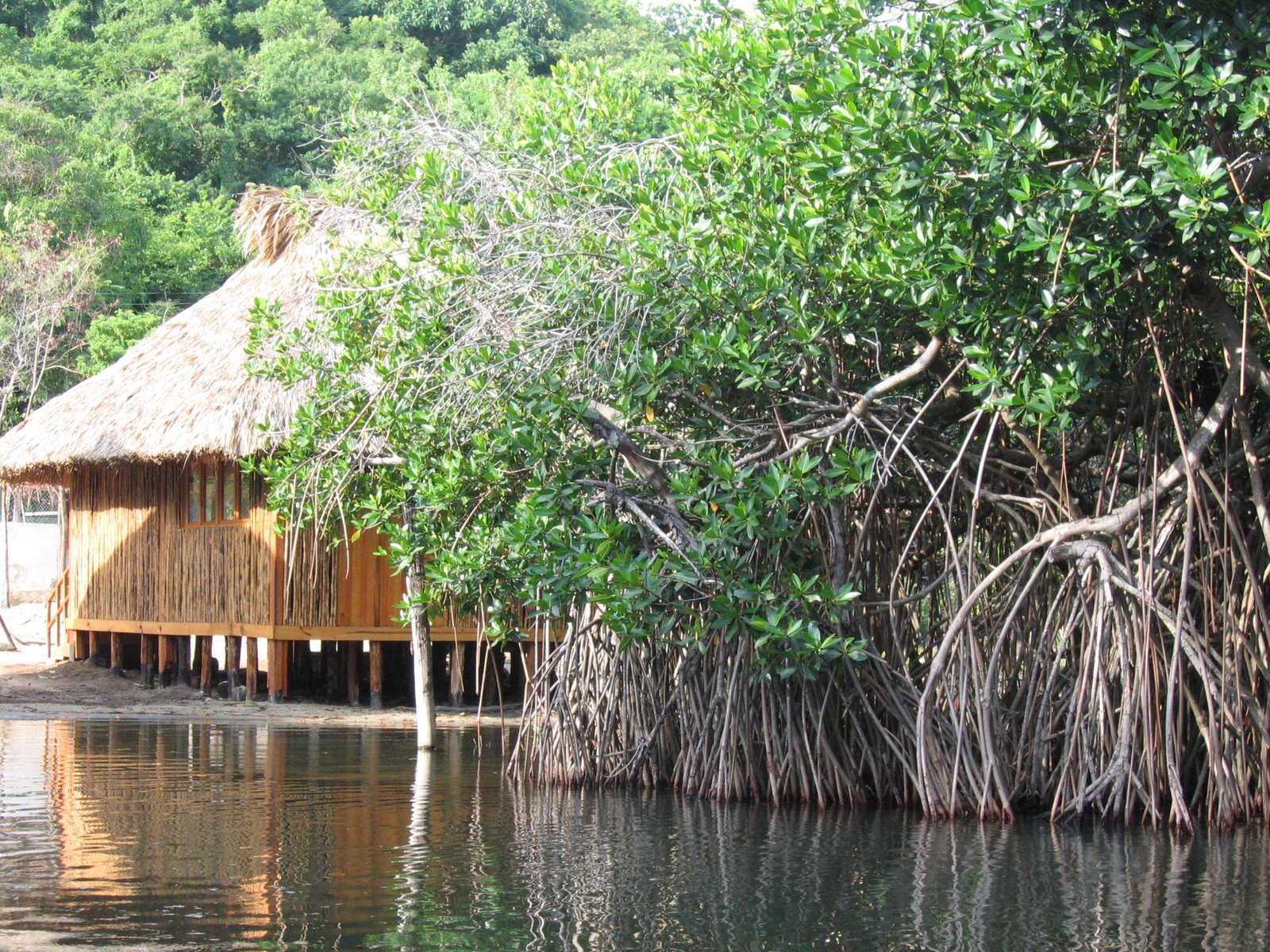
Living in a mangrove swamp wasn’t easy, but early Karachiites adapted ingeniously. Archaeological finds suggest that ancient fishermen and traders built stilt houses above the mud, using boats to navigate the labyrinth of creeks. Food was abundant: fish, shellfish, and wild plants provided a steady diet. The mangroves themselves supplied fuel, building material, and even medicine. People here learned to live with the tides, moving with the water’s rhythms rather than fighting them. Their legacy lives on in the city’s port traditions and the seafood still found in Karachi’s bustling markets today.
The British Era: Reimagining the Coastline
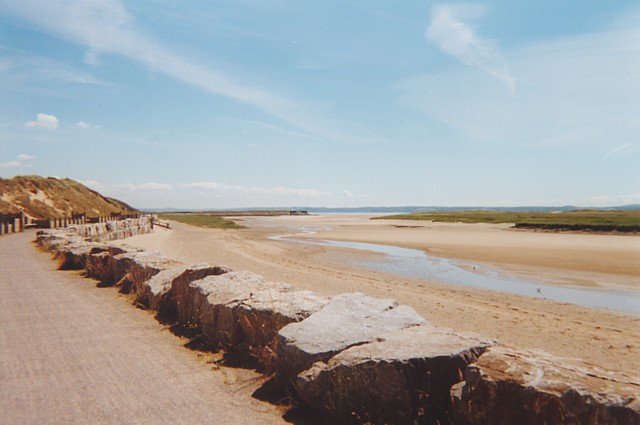
When the British arrived in the 19th century, they saw Karachi’s swamps not as a treasure, but as an obstacle. Determined to build a modern port, they drained wetlands, straightened creeks, and filled in mangrove forests to make way for docks and warehouses. The sea, once a wild and unpredictable force, was tamed with seawalls and piers. This transformation helped Karachi become a major gateway to the world but came at a steep environmental cost. The old mangrove swamps were erased, replaced by the rigid geometry of modern infrastructure. The city’s relationship with its coastline changed forever.
Urban Expansion: Swallowing the Swamps
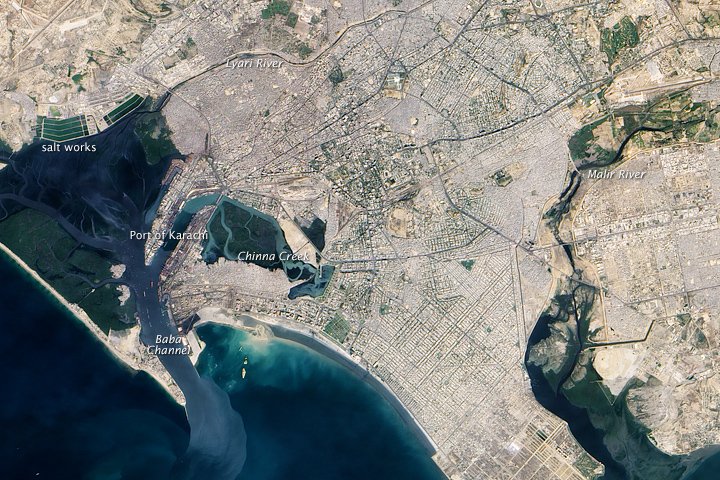
Karachi’s explosive growth in the 20th and 21st centuries has been nothing short of astonishing. Neighborhoods sprawled across former wetlands, highways sliced through ancient creeks, and high-rises replaced fishing villages. The city’s hunger for land seemed insatiable, with every patch of mud and water eyed for development. Mangrove swamps that once buffered the city from storms were squeezed into ever-smaller fragments. As more people arrived, the old balance between land and sea was lost, replaced by concrete and ambition. Today, only scattered remnants of these swamps survive, hemmed in by the relentless tide of progress.
The Last Mangroves: Struggling for Survival
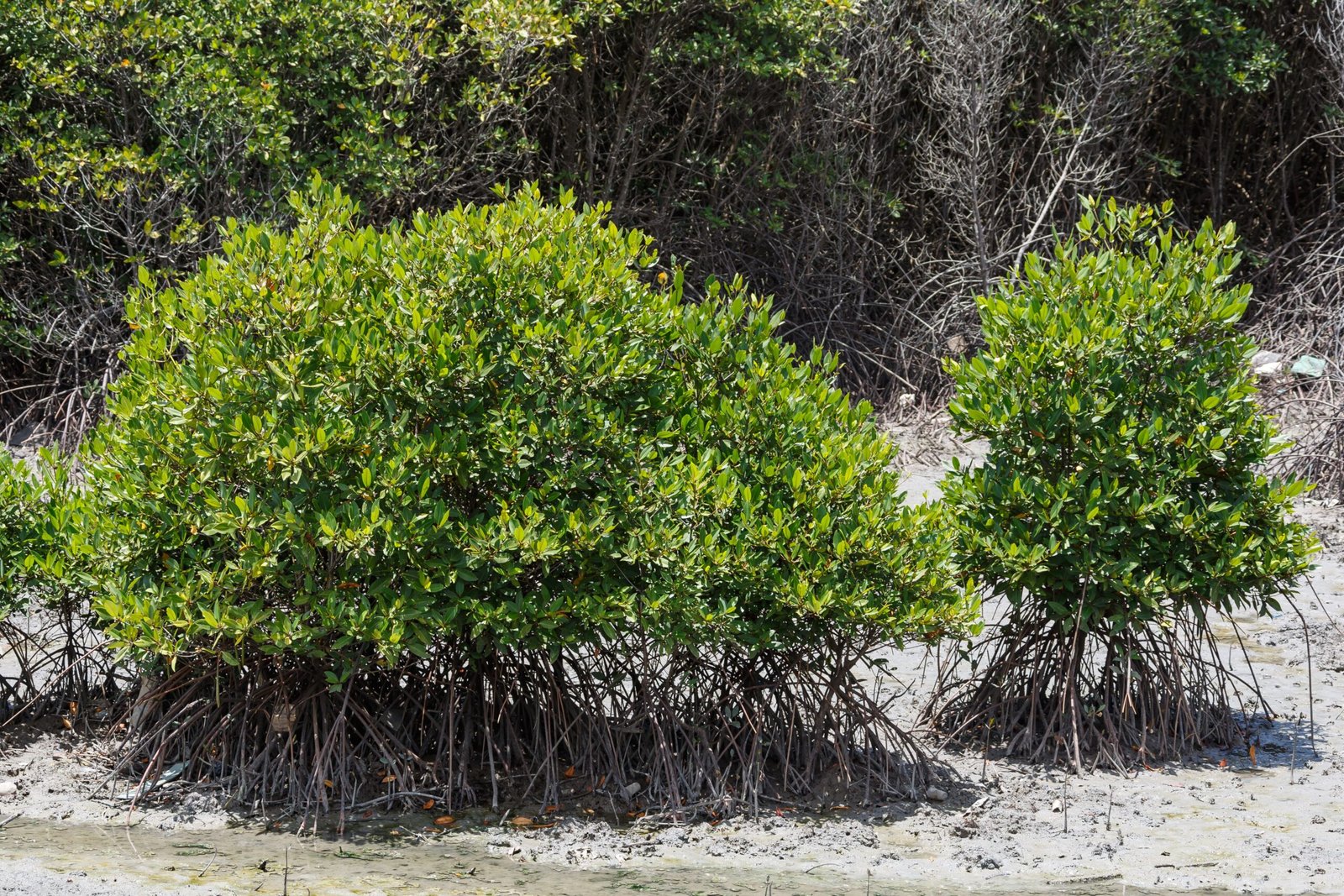
Despite overwhelming odds, Karachi’s last mangrove forests cling to life along its battered coastline. These pockets of green are home to a surprising array of wildlife, from mudskippers that “walk” on land to kingfishers that dart between the branches. But pollution, illegal dumping, and unchecked construction threaten their existence every day. Conservationists and local communities now fight to protect what little remains, planting new mangroves and lobbying for better environmental laws. Their efforts are a testament to the resilience of nature—and the determination of people who refuse to let this living heritage disappear.
Mangroves and Biodiversity: A Hidden World
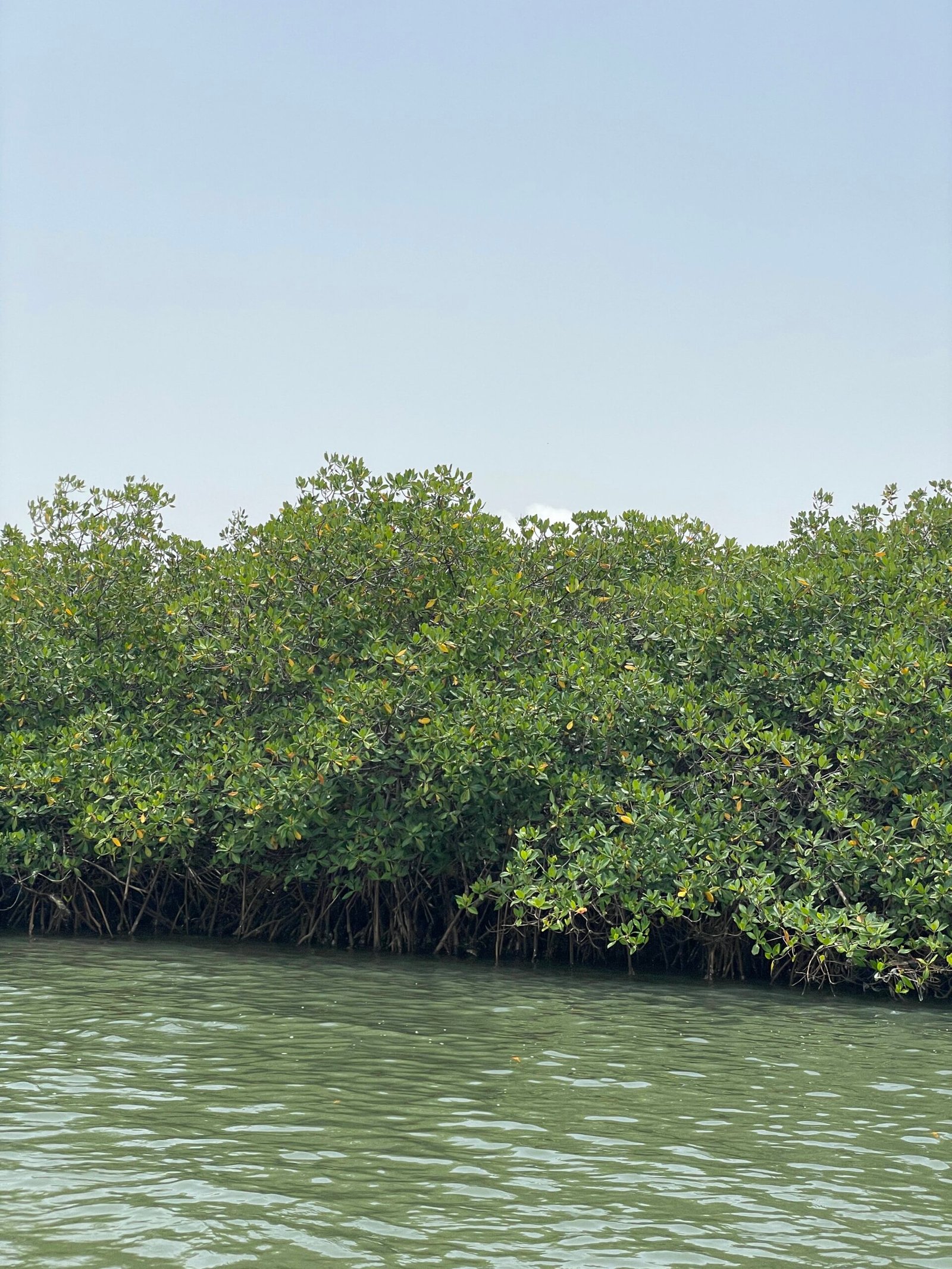
Venture into Karachi’s remaining mangrove forests, and you’ll find a world teeming with life. These swamps serve as nurseries for young fish and shrimp, breeding grounds for birds, and hunting territory for elusive mammals. Crabs scuttle through the roots, and dragonflies hover in the humid air. This biodiversity isn’t just beautiful—it’s vital for the health of the entire coastal ecosystem. When mangroves disappear, so too do the countless species that depend on them. Protecting these habitats means safeguarding a web of life that stretches from the mud to the open sea.
The Economics of Mangroves: More Than Just Trees
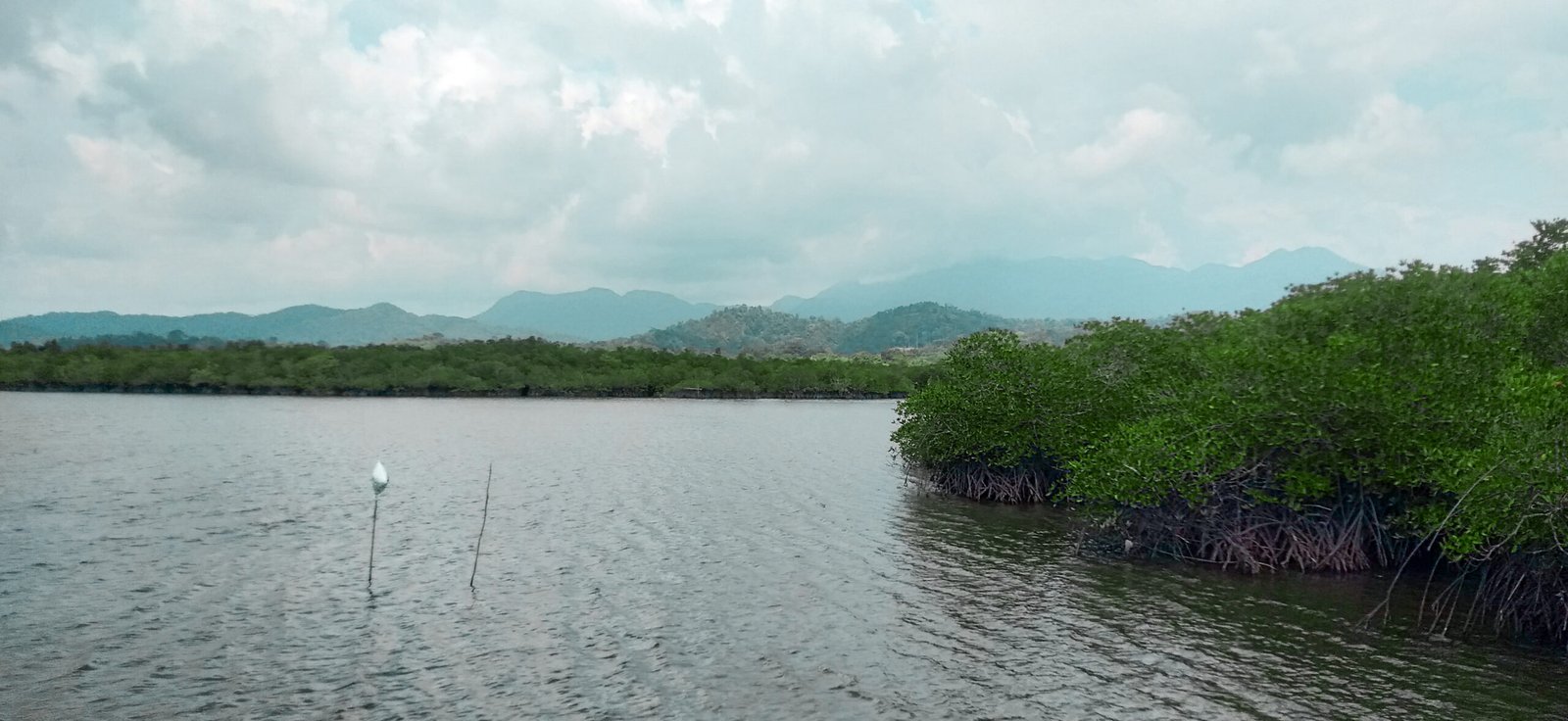
It’s easy to overlook the economic value of mangroves, but their worth goes far beyond the timber or fish they provide. These forests act as natural storm barriers, absorbing the shock of typhoons and protecting inland property from flooding. They filter pollutants from water, improving the quality of life for millions of Karachi’s residents. Fishermen rely on mangrove nurseries to maintain healthy stocks, while ecotourism offers new ways to appreciate and profit from these unique landscapes. In a world increasingly threatened by climate change, mangroves are an investment in resilience and prosperity.
Modern Science: Uncovering Karachi’s Past
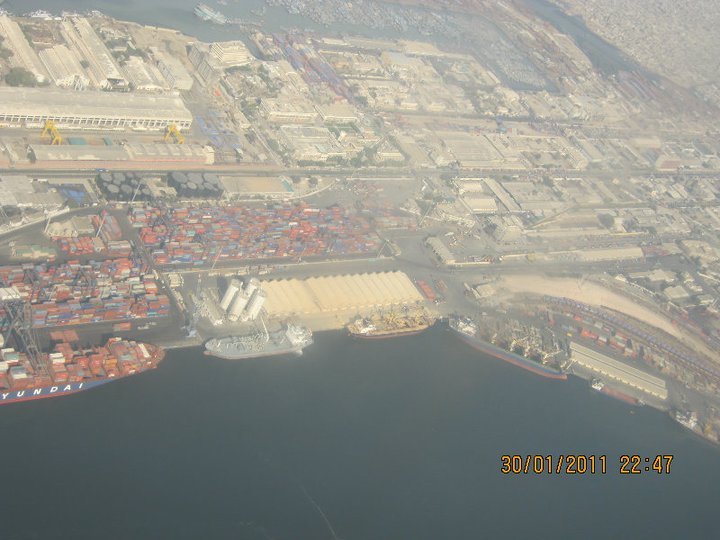
Recent advances in geology and ecology have allowed scientists to piece together Karachi’s ancient coastal story in remarkable detail. By analyzing sediment cores, fossilized pollen, and even the shells of long-dead mollusks, researchers can reconstruct the ebb and flow of the sea over thousands of years. These studies reveal a landscape that was once far wetter, with thick mangrove forests stretching deep inland. As the climate shifted and humans arrived, the coastline gradually transformed. Each layer of mud is a page in Karachi’s environmental autobiography, waiting to be read.
The Impact of Climate Change Today
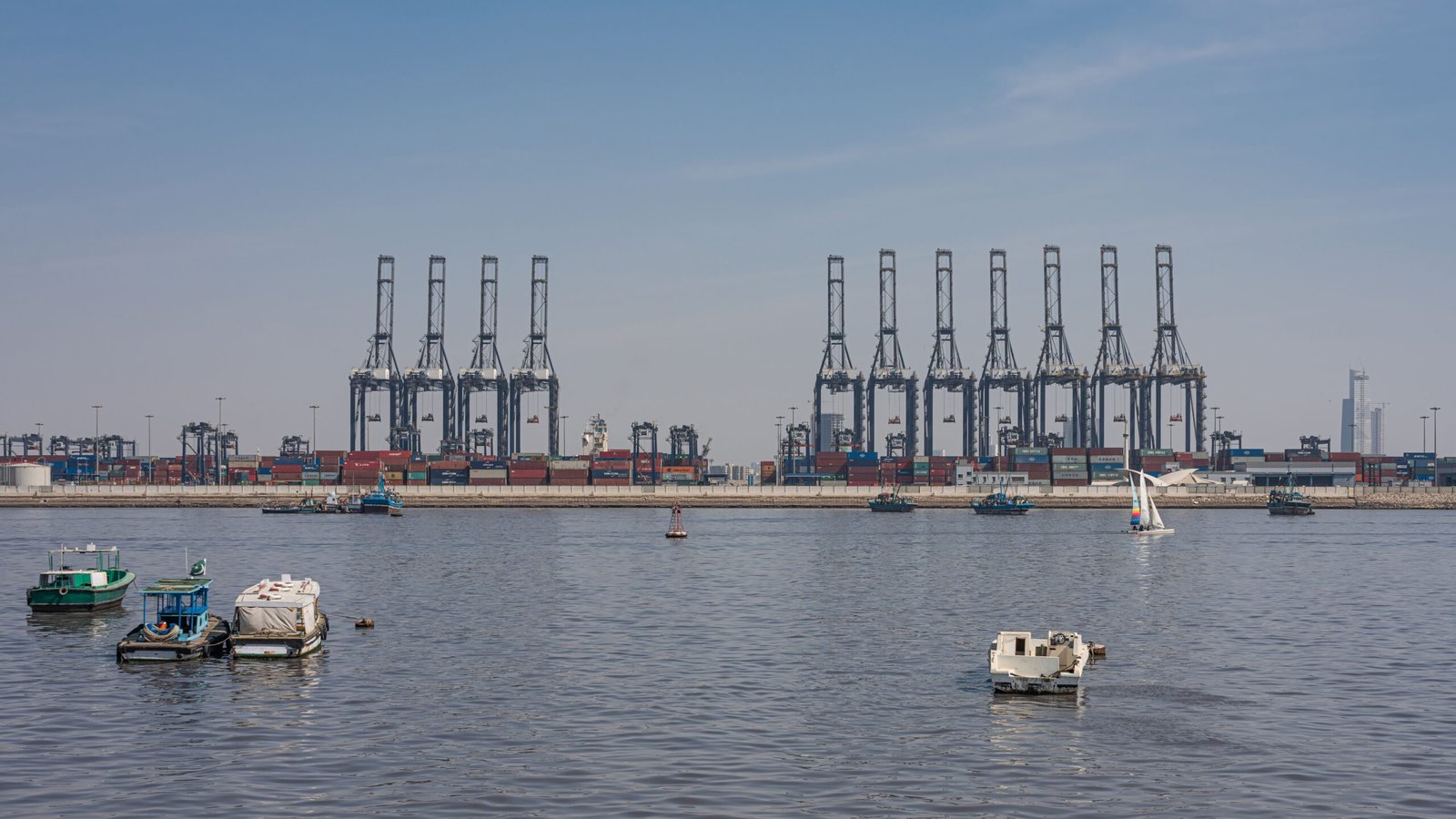
Ironically, as Karachi has pushed the sea away, climate change is threatening to bring it back. Rising sea levels, stronger storms, and shifting rainfall patterns now menace the city’s low-lying neighborhoods. Without mangroves to buffer the land, flooding and erosion have become more frequent and severe. Scientists warn that the choices Karachi makes today will determine whether it can adapt to this new reality. Restoring mangroves and respecting the natural rhythms of the coast may be the city’s best hope for the future.
Pollution and the Perils of Progress
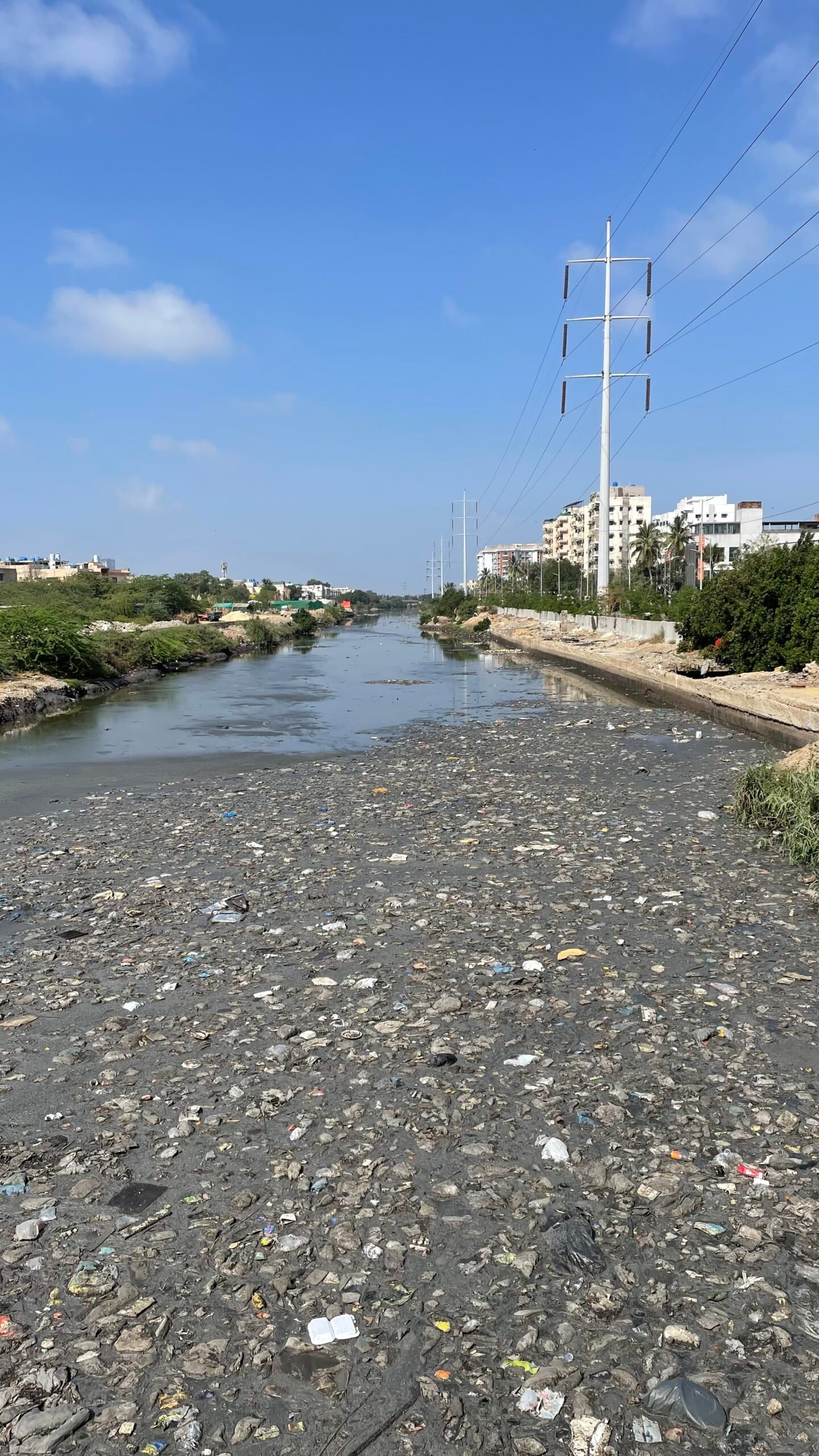
Industrial waste, untreated sewage, and plastic debris now choke Karachi’s waterways and coastline. Mangrove roots, once clean and vibrant, are often coated in grime. These pollutants not only kill plants and animals but also threaten human health—contaminating seafood, water supplies, and even the air. The city’s rapid development has brought undeniable benefits but at a profound ecological cost. Cleaning up Karachi’s coast is a monumental challenge, but one that must be faced if the city is to thrive in the decades ahead.
Community Action: Guardians of the Swamp
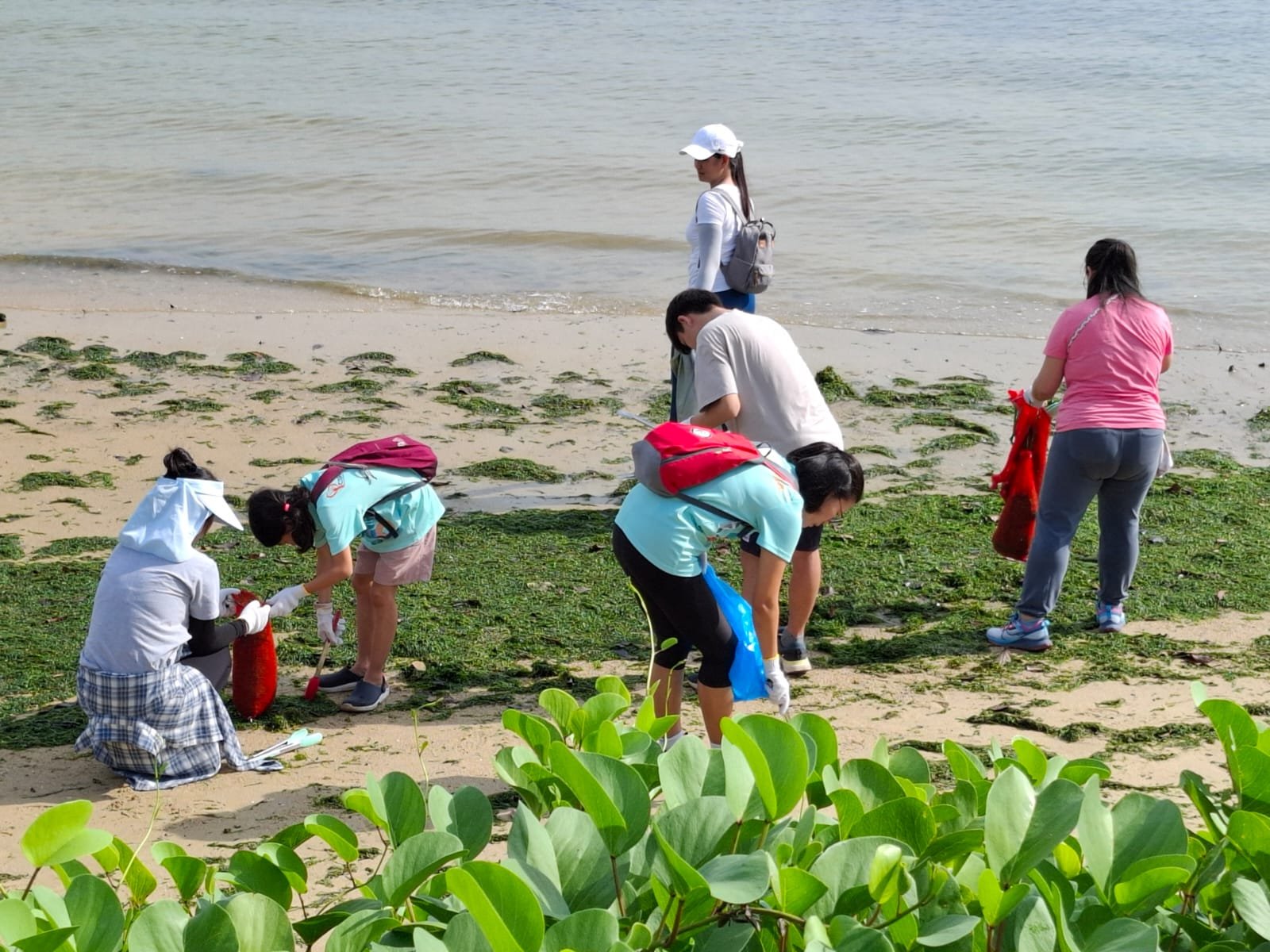
In the face of adversity, ordinary Karachiites have become unlikely champions for the city’s mangroves. Fishermen, students, and activists organize cleanups, plant young trees, and educate neighbors about the importance of wetlands. These grassroots efforts have sparked a renewed sense of pride and stewardship, showing that even small actions can make a difference. Their stories are as inspiring as any scientific breakthrough, proving that hope can flourish where least expected. Every new sapling planted is a promise for tomorrow.
Wildlife Encounters: Surprises in the Mud
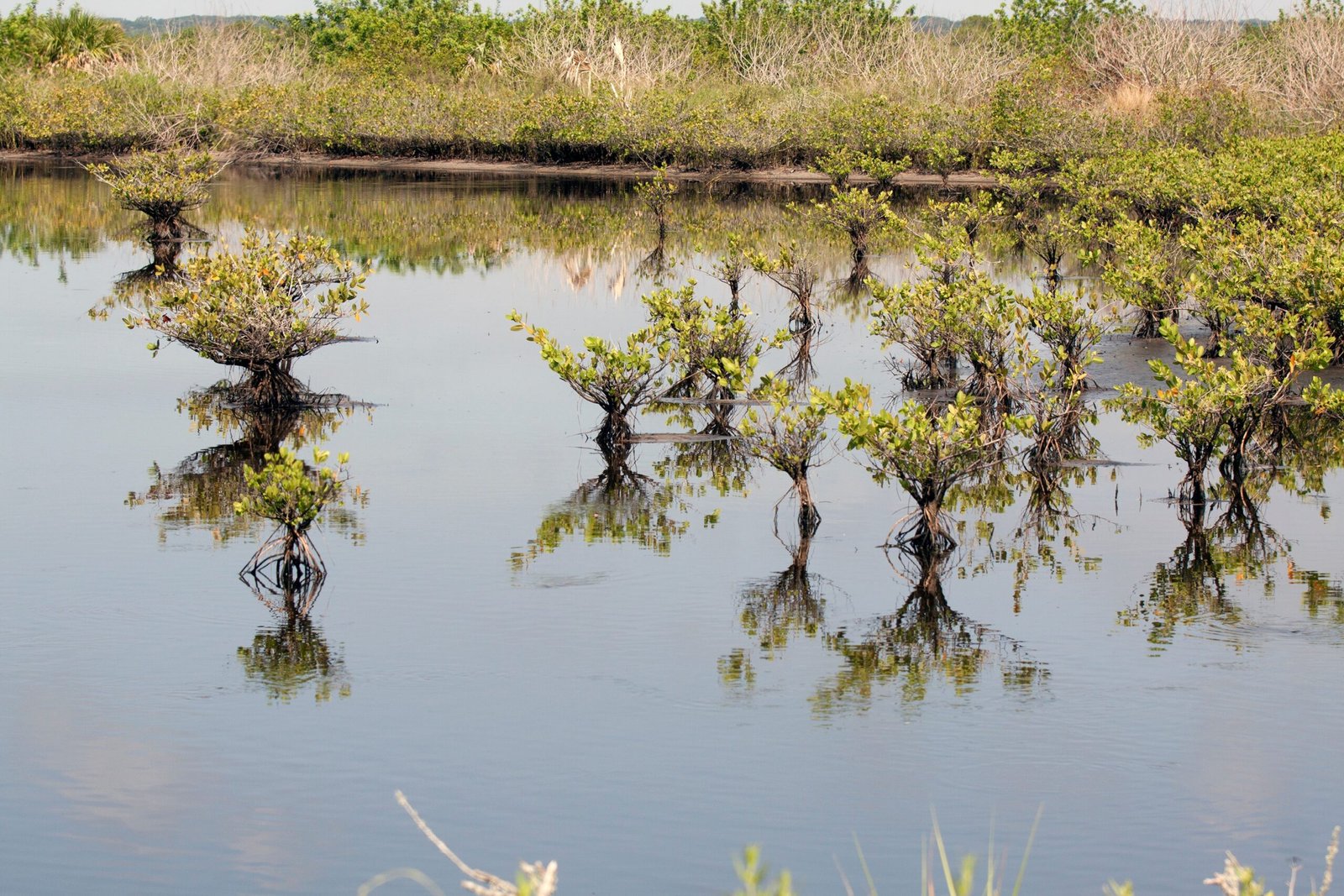
You might be surprised to learn what lurks in Karachi’s mangrove swamps. Egrets stalk the shallows on stilt-like legs, while otters slip silently through the tangled roots. Even endangered species, like the Indian pangolin, have been spotted here, seeking refuge in the last wild corners of the city. For those willing to brave the mud and mosquitoes, these swamps offer a glimpse of a Karachi most never see—a world where nature still holds sway, just beneath the city’s busy surface.
Restoration Projects: Reclaiming Lost Ground
Over the past decade, ambitious projects have begun to reclaim Karachi’s lost mangrove forests. Volunteers wade through waist-deep water, planting thousands of saplings along eroded shores. Scientists monitor the health of these new forests, measuring growth and tracking the return of wildlife. While progress is slow, the results are encouraging: birds are returning, fish populations are rising, and the coastline is growing more stable. These efforts show that the damage of the past is not always irreversible—given time and care, nature can heal.
The Cultural Memory of Water

Old-timers still remember a different Karachi, where children played along muddy creeks and fishermen cast nets in the shadows of mangroves. Songs, stories, and family histories echo with memories of a watery world now mostly gone. These cultural ties to the swamp are fading, but they remain a vital part of Karachi’s identity. Reconnecting with this heritage isn’t just about nostalgia—it’s about understanding where the city comes from, and what it stands to lose if the last mangroves disappear.
Lessons for the Future

Karachi’s story is a cautionary tale and a beacon of hope. It shows how quickly a landscape can vanish under the weight of progress—and how much richer a city becomes when it cherishes its natural heritage. As the world faces rising seas and shrinking wild places, Karachi’s journey from mangrove swamp to metropolis holds lessons for us all. The choices made today will echo for generations. Will Karachi remember the dance of land and sea that shaped its very foundation, or will the last echoes of the swamp be lost forever?

